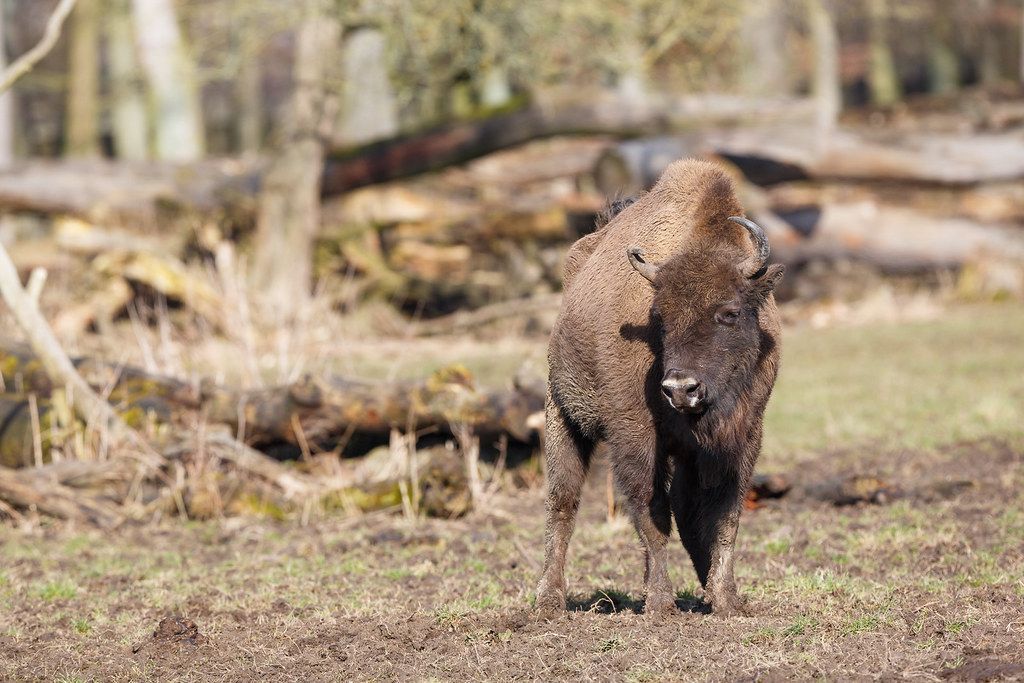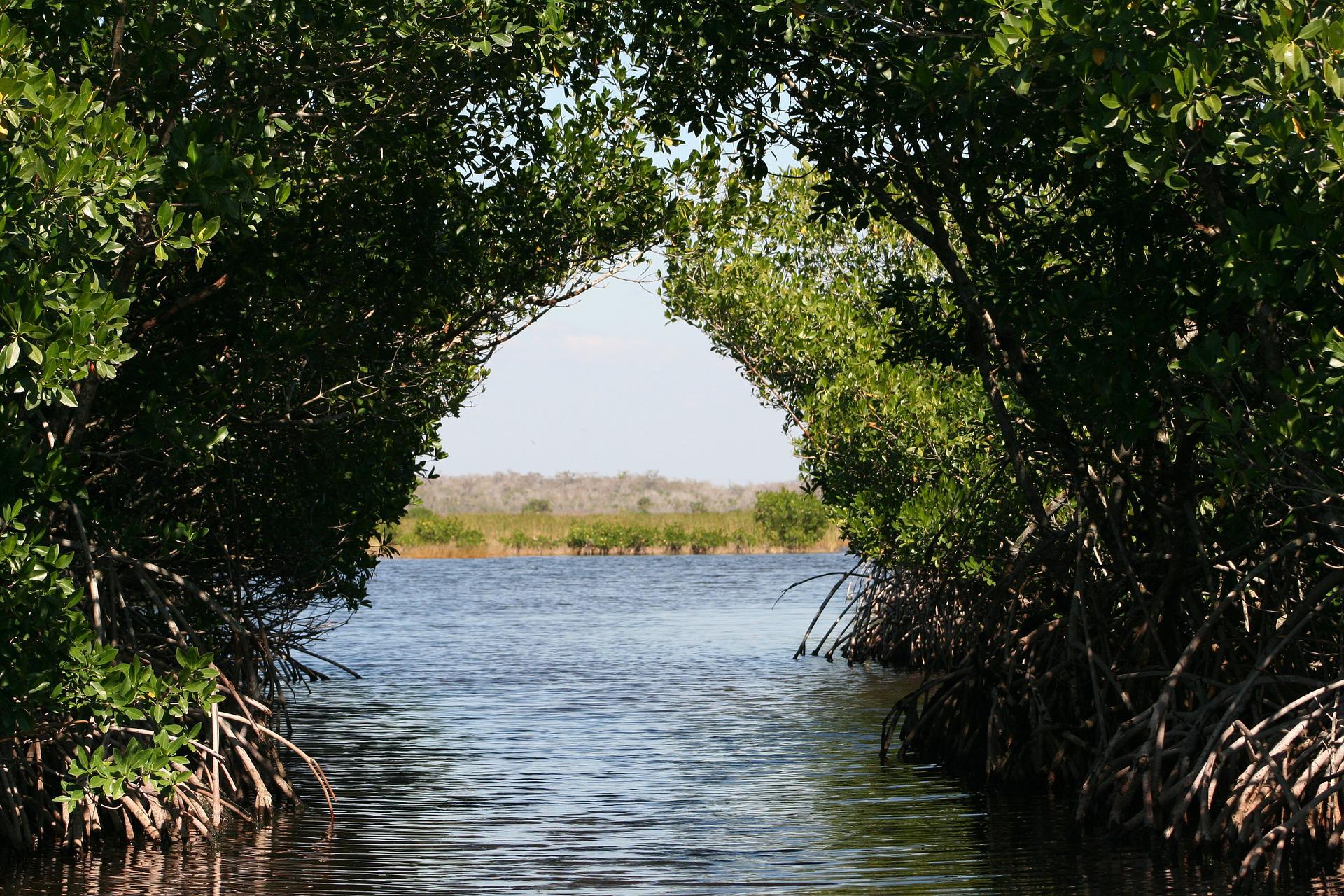
🦬 Wild bison reintroduced in England - after thousands of years
European bison, closely related to the American bison, have been nearly eradicated in Europe. Now a small herd of oxen is being reintroduced into the English wilderness, and the idea is that they will transform the heavily commercialized forest into a vibrant forest landscape.
Share this story!
For the first time in thousands of years, there is now European bison in the English wilderness, writes The Guardian. Three female bison were recently released into a five-hectare forest area in south-east England - and when the bull that is planned on being released is introduced to the herd, the area will be further expanded, first to fifty, then to two hundred hectares.
The idea is that the European bison, also known as wisent, (not to be confused with American bison, the closely related American species) will contribute to long-term climate work, by transforming a dense industrial forest into a more vibrant forest landscape.
“The restoration of naturally functioning ecosystems is a vital and inexpensive tool for tackling the climate crisis. We want Wilder Blean [the name of the project] to mark the beginning of a new era of conservation in the UK. We need to revolutionize the way we restore natural landscapes, and rely less on human inventions and more on natural engineers like bison, wild boar and beavers”, says Evan Bowen-Jones, CEO of the Kent Wildlife Trust (KWT), to The Guardian.
How?
Bison have a taste for bark, which will probably lead to some of the trees in the dense forest dying off. This, together with the size and weight of the animal, will make the landscape slightly more open and allow more light to reach the ground in the forest area. The animal's love for so-called dust bathing will also contribute to more open ground, which is expected to benefit new plants, insects, lizards, birds, and bats.
The projects are an experiment to see how good eco-engineers bison are, and if everything goes according to plan, the area will slowly turn into a livelier, more varied, nature area. Biodiversity, in turn, is also expected to have a positive impact on carbon dioxide absorption.
“I can hardly wait to see how the bison begin to transform Blean [the area where the project takes place] over a period of five, ten, twenty years while they make themselves at home and start throwing their weight around”, says Tom Gibbs, one of the park rangers in the project.
Expansion
The European bison will soon see an increase in other grazing animals, such as Exmoor ponies, Iron Age pigs, and English longhorn, whose natural behavior is expected to complement bison in the management of the landscape - without the need for humans to interfere. The impact that the animals have on the environment is going to be monitored for a long period, for example through soil tests, worm counts, vegetation surveys, and wildlife monitoring in the area.
Over time, the number of bison is also expected to increase at a slow pace. A female bison gives birth to an average of one calf per year, and the area where the project is underway has a license for up to 10 bison. When they reach the upper limit, they hope to be able to contribute bison to other areas in the UK and around Europe. The seven thousand bison now found in Europe are the offspring of only twelve individuals who lived at a zoo. The species is still classified as near threatened, therefore exchange between European reserves will take place in favor of a maximized diversity in the species gene pool.

By becoming a premium supporter, you help in the creation and sharing of fact-based optimistic news all over the world.



